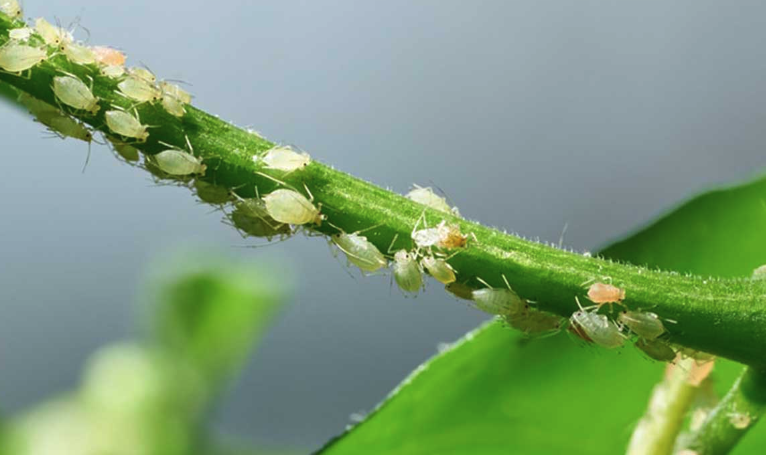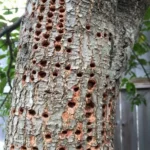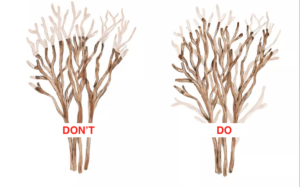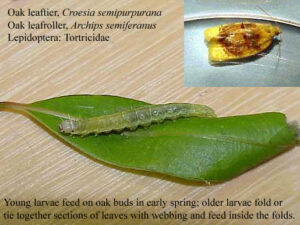Aphids: The Tiny Troublemakers in Your Garden
Aphids, those small, soft-bodied insects commonly found in gardens, can quickly become a nuisance for plant owners. These minuscule pests multiply rapidly and have a voracious appetite for plant sap. In this article, we will explore the world of aphids, their characteristics, the damage they can cause, and practical ways to manage their presence and protect your beloved trees and plants.
Identification:
Aphids come in various colors, including green, yellow, brown, black, and even pink. They have pear-shaped bodies with soft, segmented structures and long antennae. Aphids are typically wingless, but some species can develop wings under specific conditions.
Habitats and Behavior:
Aphids are commonly found on the undersides of leaves, new shoots, and flower buds. They tend to congregate in large groups, forming clusters on plants. These tiny insects feed by piercing the leaf tissue with their mouthparts and extracting the sugary sap. They reproduce quickly, with females giving birth to live nymphs instead of laying eggs, allowing populations to grow rapidly.
Signs of Infestation:
Detecting aphid infestations can be relatively easy if you know what to look for. Here are some common signs:
- Sticky Residue: Aphids excrete a sugary substance called honeydew, which can cover leaves, stems, and even the ground beneath the infested plants. This sticky residue often attracts ants or forms a black mold known as sooty mold.
- Distorted Growth: Aphids cause deformities in plant growth, such as curled or distorted leaves, stunted shoots, or malformed flowers.
- Yellowing Leaves: Plants infested with aphids may exhibit yellowing or wilting leaves due to the excessive sap removal and damage to the plant’s vascular system.
- Presence of Aphids: Inspect the undersides of leaves for clusters of aphids. They can also be observed crawling on stems and buds.
Damage and Plant Health:
Although small individually, aphids can cause significant harm to plants in large numbers. Their feeding weakens plants, leading to reduced growth, decreased flower or fruit production, and increased susceptibility to diseases. Additionally, aphids can transmit viral diseases from plant to plant as they move and feed.
Management and Control:
Thankfully, there are several effective methods for managing aphid populations in your garden. Consider the following approaches:
- Handpicking: If aphid numbers are low, you can manually remove them from plants using gloved hands or by gently spraying water to dislodge them.
- Beneficial Insects: Encourage natural predators of aphids, such as ladybugs, lacewings, or parasitic wasps, to establish a healthy balance in your garden. You can attract these beneficial insects by planting flowers that provide nectar and pollen.
- Horticultural Oil or Soap: Apply insecticidal soap or horticultural oil to affected plants, following the instructions carefully. These products suffocate aphids without harming beneficial insects or plants.
- Neem Oil: Neem oil, derived from the neem tree, can be an effective organic solution. Dilute it according to the package instructions and apply it to the infested plants.
- Companion Planting: Some plants, such as marigolds, mint, or chives, are known to repel aphids. Intersperse these companion plants among susceptible ones to deter aphid infestations.
- Regular Monitoring: Keep a close eye on your plants for any signs of aphid activity. Early detection allows for prompt intervention and prevents infestations from spreading.
Aphids may be small, but their impact on your garden can be significant. By understanding their behavior, being vigilant in your garden care, and implementing appropriate management techniques, you can minimize the damage caused by these tiny troublemakers. Remember, a healthy and well-maintained garden not only keeps aphids at bay but also ensures the flourishing growth of your cherished plants.




